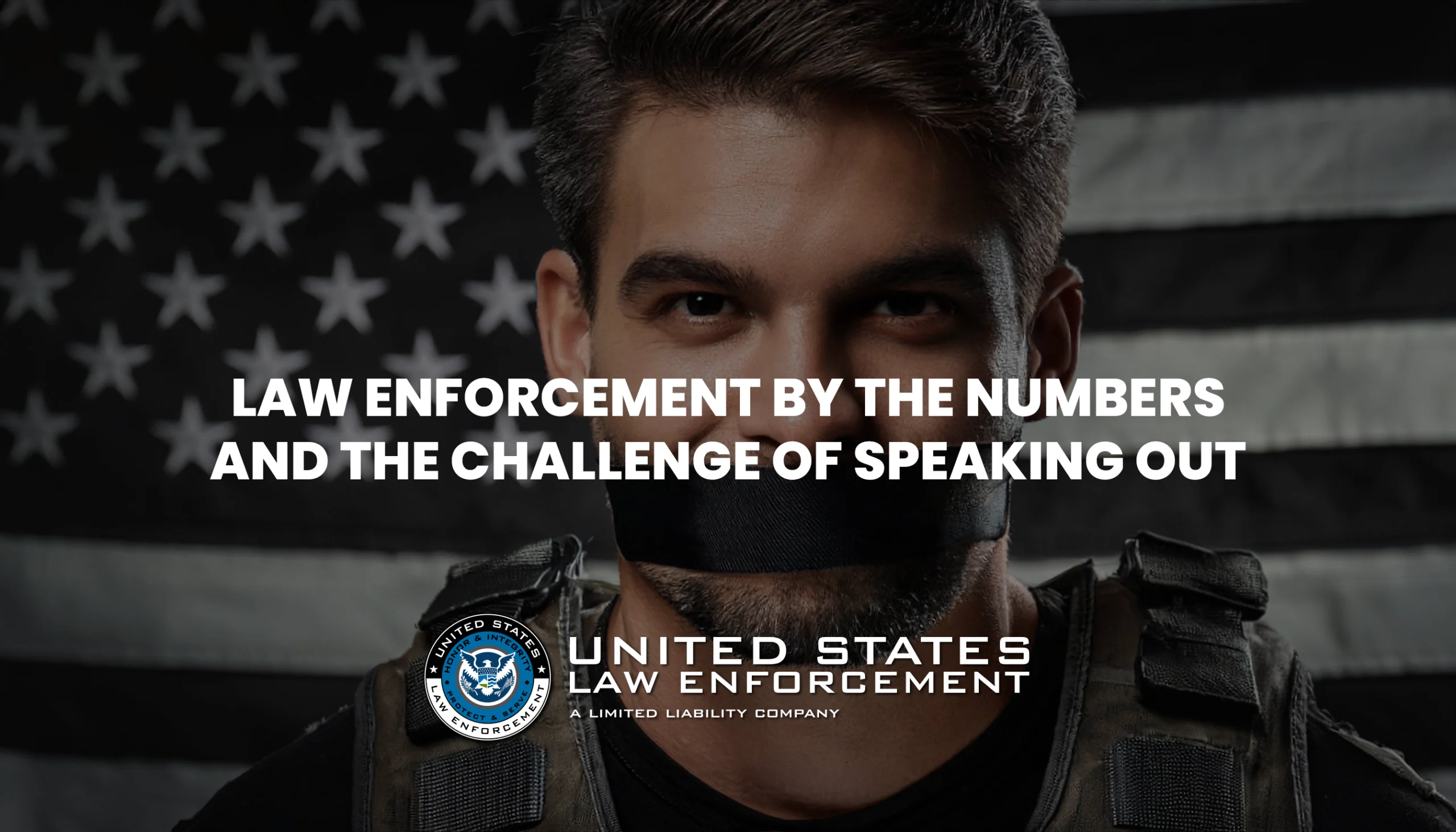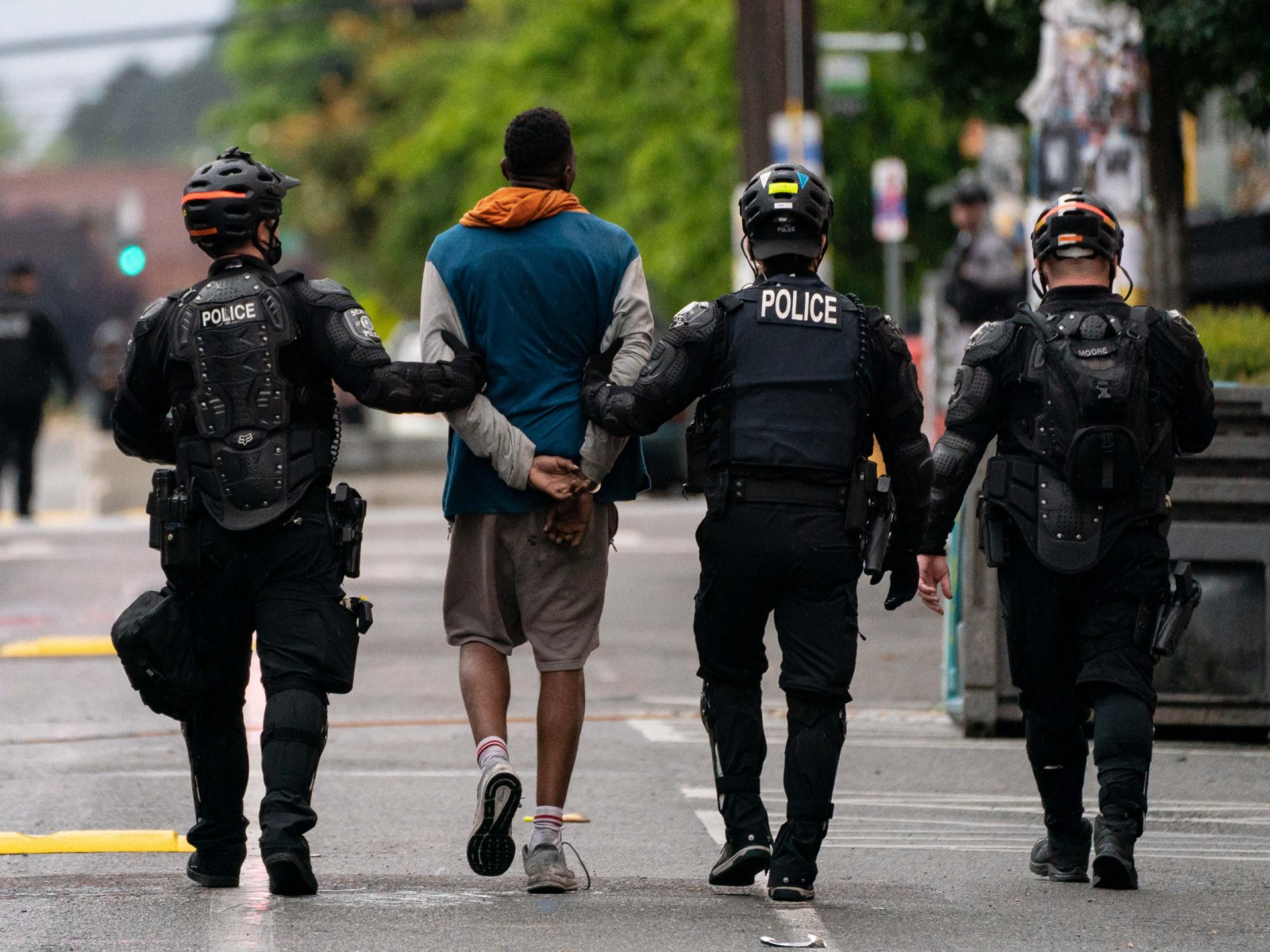Have you ever wondered why police officers sometimes use the number "12" in their communication? If you're scratching your head, don't worry, you're not alone. The term "police called 12" might sound strange at first, but it actually has a deep-rooted history that dates back to the early days of law enforcement communication. So, buckle up, because we're about to dive into the fascinating world of police codes and uncover the mystery behind why police are sometimes referred to as "12."
Now, let’s face it—police lingo can be confusing as hell. But there’s a method to the madness, trust me. Police officers use a variety of codes to streamline communication, especially during emergencies. These codes are like a secret language that allows them to convey important information quickly and efficiently. And yes, "12" happens to be one of those codes that have stuck around for decades.
In this article, we’ll break down why police are called "12," explore the origins of this term, and uncover how it’s still relevant today. Whether you’re a curious civilian, a law enforcement enthusiast, or just someone who loves digging into the mysteries of everyday life, this article’s got you covered. So, let’s get started!
- Tamron Halls Husband A Closer Look Into The Man Behind The Iconic Host
- My Chart Uihc The Ultimate Guide To Understanding And Maximizing Your Healthcare Experience
Table of Contents
- The History Behind "Police Called 12"
- Understanding Police Codes: What Are They?
- Why Specifically "12"? The Logic Behind It
- How "12" Is Used in Modern Police Communication
- Variations of Police Codes Around the World
- Common Misconceptions About "12"
- Statistics and Data on Police Communication
- The Impact of Police Codes on Public Safety
- The Future of Police Communication: Will "12" Survive?
- Conclusion: Why Understanding Police Codes Matters
The History Behind "Police Called 12"
Let’s rewind the clock and take a trip down memory lane. The use of police codes dates back to the early 20th century when radio communication was first introduced to law enforcement. Back then, officers needed a way to communicate quickly and effectively without revealing too much information over the airwaves. Enter the "10-code" system, which became a staple in police communication.
But what about "12"? Well, it’s not as straightforward as the "10-codes." Some historians believe that "12" was used as a shorthand for "officer on duty" or "unit available." Others argue that it might have been a regional code specific to certain areas. Regardless of its origins, "12" stuck around and became part of the lexicon of police communication.
Evolution of Police Codes
Over the years, police codes have evolved significantly. What started as a simple numbering system has grown into a complex web of terminology that varies from one jurisdiction to another. While some departments still use the classic "10-codes," others have moved on to more descriptive phrases to avoid confusion.
- Nc Skip The Games The Ultimate Guide To Leveling Up Your Dating Game
- Practical Nursing Nyc Your Ultimate Guide To Pursuing A Rewarding Career
For example, instead of saying "10-4," which means "acknowledged," some departments now say "copy" or "understood." Similarly, "12" might not always mean the same thing in every city or state. This variation can make things tricky, especially for officers who work in multiple jurisdictions.
Understanding Police Codes: What Are They?
Before we dive deeper into "12," let’s break down what police codes actually are. Simply put, police codes are a system of shorthand communication used by law enforcement officers to convey information quickly and efficiently. These codes can range from numbers to letters, and sometimes even combinations of both.
For instance, "10-4" is one of the most well-known police codes, meaning "acknowledged" or "I understand." Other common codes include "10-20" for location, "10-7" for out of service, and "10-15" for prisoner in custody. These codes help officers save time and avoid unnecessary chatter on the radio.
Why Use Codes in the First Place?
There are several reasons why police officers rely on codes:
- Efficiency: Codes allow officers to communicate quickly without having to spell out every detail.
- Privacy: Using codes can help protect sensitive information from being overheard by the public.
- Standardization: Codes provide a standardized way of communication, reducing the risk of miscommunication.
That being said, not everyone is a fan of police codes. Critics argue that they can be confusing and even dangerous if misinterpreted. That’s why many departments are moving towards more transparent communication methods.
Why Specifically "12"? The Logic Behind It
Now, let’s get to the heart of the matter—why is police called "12"? While there’s no definitive answer, there are a few theories floating around. One theory suggests that "12" was chosen because it’s a round number that’s easy to remember. Another theory links it to the 12-hour clock system, which was commonly used in early police radios.
Some experts believe that "12" might have been inspired by the military, where numbers are often used to represent units or commands. Whatever the reason, "12" has become synonymous with law enforcement in many parts of the world.
Does "12" Always Mean the Same Thing?
Not necessarily. As mentioned earlier, police codes can vary depending on the jurisdiction. In some places, "12" might mean "officer on duty," while in others, it could refer to a specific unit or team. This variation can sometimes lead to confusion, especially during joint operations involving multiple departments.
For example, in Los Angeles, "12" might mean something entirely different than in New York City. That’s why officers are trained to familiarize themselves with the local codes before going on duty.
How "12" Is Used in Modern Police Communication
Today, the use of "12" in police communication is less common than it used to be. Many departments have shifted away from numeric codes in favor of plain language. However, "12" still holds a special place in the hearts of many officers who grew up using it.
In some areas, "12" is still used as a call sign for officers on patrol. For example, an officer might say, "12 to dispatch," meaning "this officer is available for assignment." In other cases, "12" might be used to indicate that an officer is en route to a scene.
Advantages of Using "12" Today
- Tradition: For many officers, using "12" is a nod to the rich history of law enforcement communication.
- Efficiency: Even in today’s world of plain language, "12" can still save time in certain situations.
- Identity: Using "12" helps officers feel connected to their peers and the larger law enforcement community.
Variations of Police Codes Around the World
While "12" might be familiar to American officers, police codes vary significantly around the world. In the UK, for example, officers use a system of alphanumeric codes, such as "L1" for lost property or "T13" for traffic accidents. In Australia, codes like "10-30" for domestic disputes and "10-50" for fire-related incidents are commonly used.
In some countries, police communication is entirely in plain language, with no codes at all. This approach is gaining popularity as it reduces the risk of miscommunication and makes it easier for the public to understand what’s happening.
Why the Differences Matter
Understanding the differences in police codes across the globe is crucial for officers who work in international settings. It also highlights the importance of cultural sensitivity in law enforcement. After all, what works in one country might not work in another.
Common Misconceptions About "12"
As with any topic, there are plenty of misconceptions surrounding "12" and its role in police communication. Some people believe that "12" is a universal code used by all police departments, which is simply not true. Others think that "12" refers to a specific rank or position within the department, which is also incorrect.
Another common misconception is that "12" is a secret code meant to keep the public in the dark. In reality, most police codes are publicly available and can be found online or in official department manuals.
Setting the Record Straight
To clear up any confusion, here are a few key points about "12":
- "12" is not a universal code and varies depending on the jurisdiction.
- "12" does not refer to a specific rank or position within the department.
- Police codes, including "12," are not meant to be secret or exclusive.
Statistics and Data on Police Communication
According to a study by the National Institute of Justice, approximately 80% of police departments in the United States still use some form of numeric codes in their communication. However, the trend is shifting towards plain language, with more departments adopting this approach each year.
Interestingly, the study also found that departments that use plain language tend to have better communication outcomes and fewer misunderstandings. This suggests that while codes like "12" have their place, they may not always be the best option for modern policing.
Key Takeaways from the Data
- Most departments still use numeric codes, but the trend is moving towards plain language.
- Departments using plain language report better communication outcomes.
- Training officers in both codes and plain language is crucial for effective communication.
The Impact of Police Codes on Public Safety
At the end of the day, the goal of police communication is to ensure public safety. Whether officers use codes like "12" or plain language, the key is to communicate clearly and effectively. Miscommunication can have serious consequences, especially in high-stakes situations like active shooter incidents or natural disasters.
That’s why it’s important for departments to regularly review and update their communication protocols. This includes training officers on both traditional codes and modern communication methods. By doing so, they can ensure that everyone is on the same page when it matters most.
How You Can Stay Informed
If you’re interested in learning more about police communication, there are plenty of resources available. Many departments publish their codes and communication protocols online, so you can see exactly how they operate. You can also attend community meetings or participate in citizen police academies to gain a deeper understanding of law enforcement practices.
The Future of Police Communication: Will "12" Survive?
As technology continues to evolve, so too will police communication. Advances in AI, machine learning, and real-time translation tools are already changing the way officers interact with each other and the public. While codes like "12" may still have a place in certain situations, the future of police communication is likely to be more transparent and inclusive.
That being said, there’s something to be said for tradition. For many officers, "12" represents more than just a number—it’s a symbol of the rich history and legacy of law enforcement. Whether it survives in its current form or evolves into something new, one thing is certain: "12" will always have a special place in the hearts of those who use it.
Conclusion: Why Understanding Police Codes Matters
In conclusion, the question of why police are called "12" is more than just a curiosity—it’s a window into the world of law enforcement communication. From its humble beginnings as a shorthand code to its current role in modern policing, "12" has played an important part in the evolution of police communication.
By understanding the history and significance of codes like "12," we can appreciate the challenges faced by officers every day. Whether you’re a civilian, a law enforcement professional, or just someone who loves learning about the world around you, this article has hopefully shed some light on a topic that’s often shrouded in mystery.
So, what’s next? If you enjoyed this article, why not share it with your friends? Or better yet, leave a comment and let us know what you



Detail Author:
- Name : Ms. Leanne Toy
- Username : rau.anne
- Email : skoss@wilkinson.org
- Birthdate : 1996-11-30
- Address : 35307 Ashleigh Fall Ortizstad, IA 88048
- Phone : (279) 777-2558
- Company : Beahan, Osinski and Von
- Job : Soil Conservationist
- Bio : Voluptatem asperiores autem fugiat cum saepe. Dolores est ut accusamus doloribus voluptatem. Et aperiam ducimus repudiandae rerum doloremque ut voluptatem.
Socials
instagram:
- url : https://instagram.com/noel.harris
- username : noel.harris
- bio : Nulla cum adipisci dolorem sit. Est vitae natus aliquam sint possimus consequatur.
- followers : 2339
- following : 326
facebook:
- url : https://facebook.com/harrisn
- username : harrisn
- bio : Itaque quod dolor dolore alias. Et aut quas eveniet quaerat odio esse.
- followers : 4621
- following : 2212